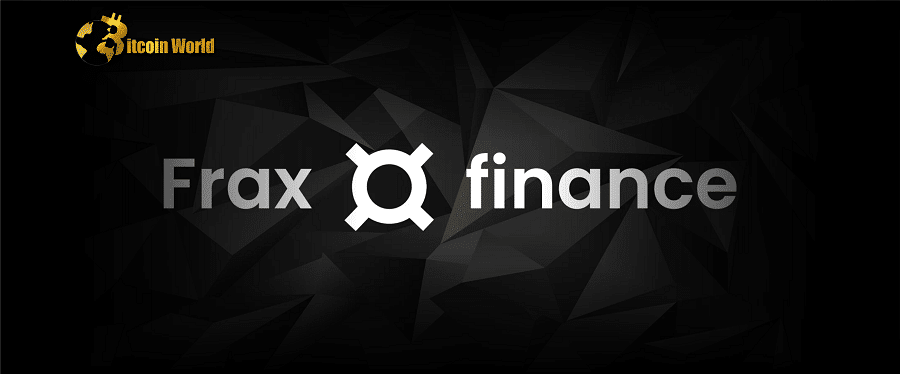The algorithmic underpinning of the decentralized finance stablecoin protocol Frax Finance has come to an end when the protocol’s community decided to fully collateralize its native stablecoin Frax (FRAX).According to a snapshot taken on February 23, the FIP-188 governance proposal, which would alter the collateralization model of FRAX, has now attained a quorum with 98% voting in favor.
The suggestion said that it was now time for Frax to gradually take away the protocol’s algorithmic foundation.
It noted that the initial protocol included a “variable collateral ratio” that changed in accordance with the stablecoin’s market demand. The amount of collateral necessary to equate each FRAX to a single US dollar would be determined by the market. The hybrid strategy caused the stablecoin to be partially algorithmically stabilized and 80% backed by crypto asset collateral. This was accomplished by the creation and burning of FXS, the governance token that has increased 12% over the last 12 hours.
With a market cap of little over $1 billion, Frax is the fifth-largest stablecoin in the market.
The protocol won’t continue to print FXS after the proposal is put into effect in order to raise the collateral ratio and token supply.
To be clear, in order to accomplish the 100% CR, our plan does not depend on minting any FXS.It intends to keep protocol revenue in order to pay for the higher collateral requirement, which includes stopping FXS buybacks.
Additionally, it will permit purchases of Frax Ether (frxETH) up to $3 million per month in order to raise the collateral ratio. Stablecoin-like in behavior and pegged to Ether is frxETH instead. It makes the Frax ecosystem’s exchange of Ether liquidity easier.
The development of frxETH throughout the previous month was recently reported by DeFiLlama.
The action was taken in the midst of what appears to be a larger assault on stablecoins following the disastrous Terra/Luna crash last year.The Canadian Securities Administrators announced a lengthy list of additional requirements for cryptocurrency businesses and stablecoin issuers on February 22 in order to continue operating legally in Canada.
That list included stringent stablecoin trading regulations as well as a ban on algorithmic or non-fiat-backed stablecoins.














